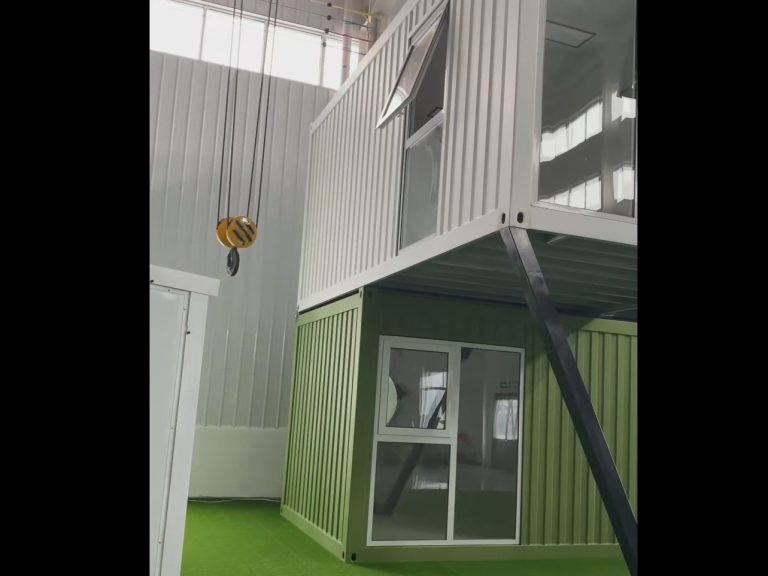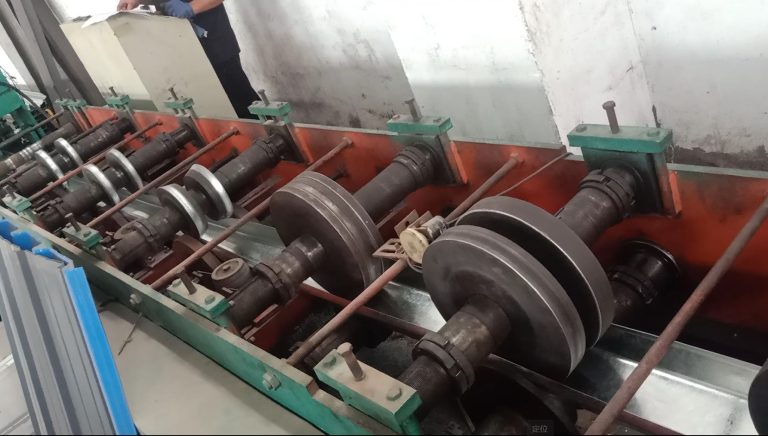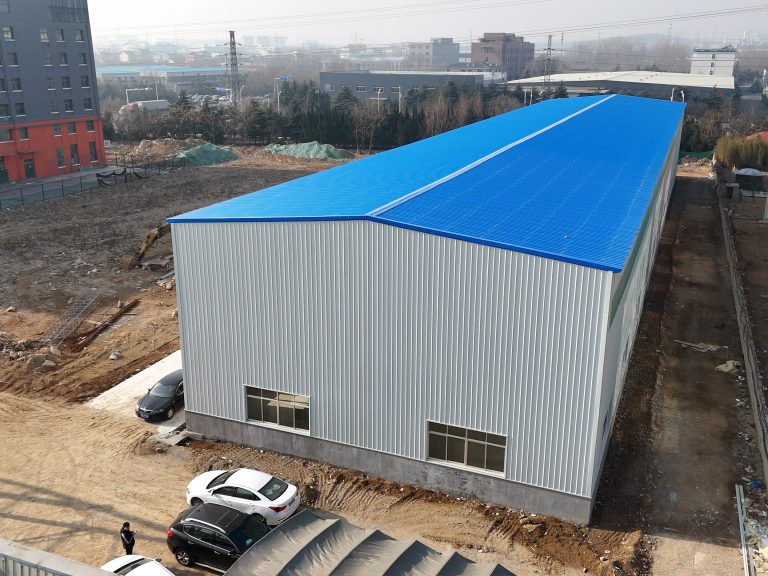Inhoudsopgave
Benefits of Utilizing Container Technology in Laboratory Settings
Container technology has revolutionized the way software applications are developed, deployed, and managed. Originally popularized by Docker, containers have become a staple in the world of technology due to their lightweight, portable, and scalable nature. While containers are commonly used in the realm of software development, their benefits extend beyond just the realm of coding. In laboratory settings, container technology has emerged as a powerful tool for streamlining workflows, improving efficiency, and fostering innovation.
One of the key advantages of utilizing container technology in laboratory settings is the ability to create isolated environments for running experiments and tests. Containers encapsulate all the necessary dependencies and configurations required to run a specific application, ensuring consistency and reproducibility across different environments. This isolation also helps in preventing conflicts between different software versions or libraries, which can often lead to errors and inconsistencies in experimental results.

Furthermore, containers are highly portable and can be easily moved across different computing environments without any changes to the underlying infrastructure. This portability makes it easy for researchers to share their work with collaborators, transfer experiments between different labs, or even migrate experiments to the cloud for additional processing power. By eliminating the need to manually configure and set up software environments, containers save valuable time and resources that can be better spent on actual research and experimentation.
In addition to portability, containers also offer scalability, allowing researchers to quickly scale up or down their computing resources based on the demands of their experiments. With container orchestration tools like Kubernetes, researchers can easily deploy and manage multiple containers across a cluster of machines, ensuring optimal resource utilization and performance. This flexibility enables labs to adapt to changing research needs and handle large-scale experiments with ease.
Another benefit of container technology in laboratory settings is the ability to automate repetitive tasks and workflows. By defining the entire experiment setup and execution process as code, researchers can easily automate the deployment, execution, and monitoring of experiments using tools like Docker Compose or Ansible. This automation not only saves time and reduces human error but also allows researchers to focus on the creative aspects of their work rather than getting bogged down by tedious administrative tasks.
Moreover, containers provide a secure and isolated environment for running experiments, ensuring that sensitive data and intellectual property are protected from unauthorized access. By leveraging container security features like namespaces and control groups, labs can create a secure sandbox for running experiments without compromising the integrity of their systems. This level of security is crucial in research environments where data privacy and confidentiality are paramount.
Overall, the benefits of utilizing container technology in laboratory settings are clear. From improved reproducibility and portability to enhanced scalability and automation, containers offer a versatile and efficient solution for modern research workflows. By embracing container technology, labs can create a more agile, collaborative, and innovative environment that fosters creativity and accelerates scientific discovery. As the technology continues to evolve, the possibilities for its application in laboratory settings are endless, making it an indispensable tool for researchers looking to push the boundaries of innovation.
Case Studies of Successful Innovative Technology Incubated at Container Technology Laboratory
Container Technology Laboratory (CTL) is a renowned incubation base for innovative technology, providing a platform for startups and entrepreneurs to develop and test their ideas in a supportive environment. Over the years, CTL has been instrumental in nurturing several successful technologies that have made a significant impact in various industries.
One such success story is the development of a cutting-edge container tracking system by a team of young entrepreneurs. The system utilizes advanced IoT technology to monitor the location and condition of containers in real-time, providing valuable insights to logistics companies and shippers. This innovative solution has revolutionized the way containers are managed and has significantly improved efficiency and cost-effectiveness in the logistics industry.
Another notable technology that was incubated at CTL is a smart packaging solution that uses sensors to monitor the freshness and quality of perishable goods during transportation. This technology has been widely adopted by food and pharmaceutical companies, enabling them to ensure the integrity of their products and reduce waste. The success of this solution has not only benefited the companies that use it but has also had a positive impact on the environment by reducing food spoilage and waste.
One of the key factors that have contributed to the success of these technologies is the collaborative and supportive environment provided by CTL. Entrepreneurs have access to state-of-the-art facilities and equipment, as well as mentorship and guidance from industry experts. This enables them to develop their ideas and bring them to market in a relatively short period.
In addition to providing a conducive environment for innovation, CTL also offers networking opportunities for entrepreneurs to connect with potential investors and partners. This has been instrumental in helping startups secure funding and partnerships to scale their technologies and reach a wider market.
The success of these technologies is a testament to the importance of incubation centers like CTL in fostering innovation and driving technological advancements. By providing a platform for entrepreneurs to develop and test their ideas, these centers play a crucial role in accelerating the pace of technological innovation and driving economic growth.
As we look towards the future, it is clear that incubation centers like CTL will continue to play a vital role in nurturing the next generation of innovative technologies. By providing a supportive environment for entrepreneurs to develop their ideas, these centers will help drive technological advancements and create new opportunities for growth and development.
In conclusion, the success stories of innovative technologies incubated at Container Technology Laboratory highlight the importance of supportive environments for fostering innovation. By providing entrepreneurs with the resources and guidance they need to develop their ideas, incubation centers like CTL play a crucial role in driving technological advancements and economic growth. As we continue to embrace the digital age, it is essential that we continue to support and invest in these centers to ensure that we remain at the forefront of technological innovation.






